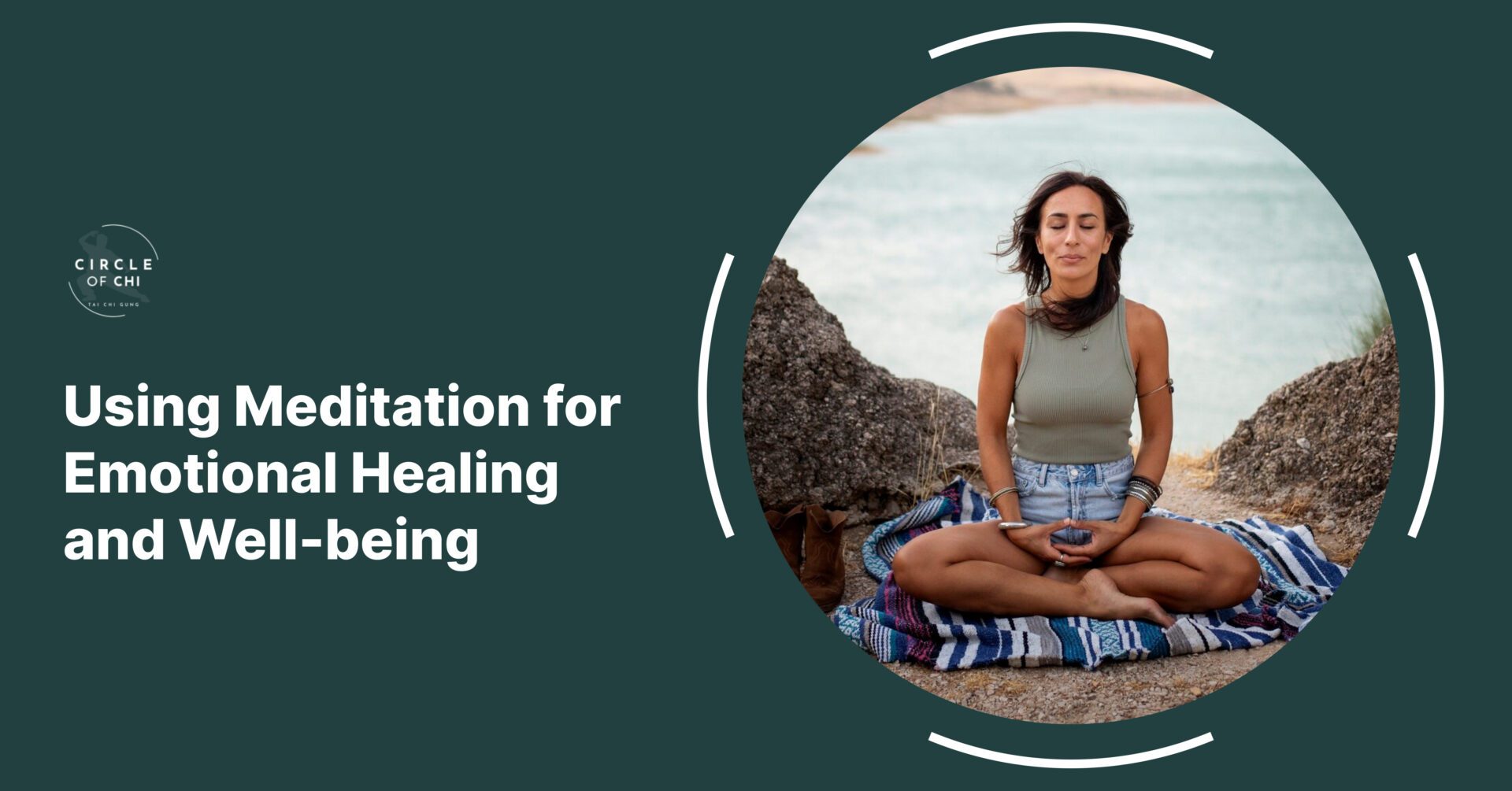Introduction
Emotional well-being is a crucial aspect of our overall health and happiness. When we experience emotional pain or distress, it can have a profound impact on our mental state and quality of life. Fortunately, meditation offers a powerful tool for promoting emotional healing and cultivating a greater sense of inner peace. In this article, we’ll explore how meditation can help you navigate the challenges of emotional pain and discover a path to greater well-being.
Understanding Emotional Pain
Emotional pain can arise from a variety of sources, such as relationship conflicts, loss, trauma, or chronic stress. When left unresolved, these emotional wounds can lead to anxiety, depression, and other mental health challenges. It’s important to acknowledge and address emotional pain, rather than trying to suppress or ignore it.
The Benefits of Meditation for Emotional Healing
Meditation is a time-tested practice that offers numerous benefits for emotional well-being. By regularly engaging in meditation, you can:
- Reduce stress and anxiety
- Promote self-awareness and introspection
- Cultivate compassion and self-acceptance
As you deepen your meditation practice, you may find that you develop a greater capacity for emotional resilience and inner strength. For more insights on the power of self-acceptance, check out this blog post: Exploring the Harmony of Self-Acceptance Through Tai Chi
The Connection Between Breath and Spirituality
One of the key elements of meditation is mindful breathing. By focusing on your breath, you can anchor your awareness in the present moment and cultivate a sense of inner calm. But the connection between breath and spirituality goes even deeper.
In many spiritual traditions, the breath is seen as a bridge between the physical and the divine. By attuning to your breath, you can tap into a source of profound healing and transformation. To learn more, read this blog post: Unveiling the Connection Between Breath and Spirituality
Meditation Techniques for Emotional Well-being
There are many different meditation techniques that can support emotional healing. Here are a few to consider:
- Mindfulness Meditation: This involves focusing your attention on the present moment, without judgment. You can use your breath, bodily sensations, or external anchors like sounds to help you stay present.
- Loving-Kindness (Metta) Meditation: In this practice, you cultivate feelings of love, compassion, and goodwill towards yourself and others. This can be especially helpful for healing emotional wounds and promoting self-acceptance.
- Body Scan Meditation: This technique involves systematically focusing on different parts of your body, from head to toe. By bringing mindful awareness to your physical sensations, you can release tension and promote relaxation.
Tai Chi and Emotional Healing
In addition to seated meditation, the gentle, flowing movements of Tai Chi can be a powerful tool for emotional healing. Often described as “meditation in motion,” Tai Chi helps to calm the mind, reduce stress, and promote a sense of inner balance.
The graceful, circular movements of Tai Chi can help you cultivate a greater sense of emotional resilience and adaptability. For a deeper exploration of the connection between Tai Chi and spiritual growth, read this blog post: The Symbiotic Path of Tai Chi and Spiritual Growth
Meditation and Better Sleep
Emotional distress can often interfere with our ability to get restful, restorative sleep. By incorporating meditation into your bedtime routine, you can promote relaxation, quiet the mind, and set the stage for more peaceful slumber.
Consider practicing a few minutes of mindful breathing or a body scan meditation before bed. You may be surprised at how quickly you drift off into a restful sleep. For more tips on using Tai Chi to improve sleep, check out this blog post: Discover the Tranquility of Tai Chi: A Path to Better Sleep
Integrating Meditation into Daily Life
To truly harness the power of meditation for emotional healing, it’s important to make it a regular part of your daily routine. Here are some tips for establishing a consistent practice:
- Set aside a dedicated time and space for meditation each day
- Start with short sessions (even 5-10 minutes) and gradually build up
- Use guided meditations or apps to help you stay on track
- Be patient and gentle with yourself as you develop your practice
In addition to formal meditation sessions, you can also bring mindfulness into your everyday activities. For example, you might try eating mindfully, focusing on the flavors and textures of your food. Or, you could practice mindful walking, paying attention to the sensations of your feet touching the ground with each step.
Spiritual Teachings and Meditation
For many people, meditation is not just a therapeutic tool, but a pathway to deeper spiritual exploration and growth. By integrating spiritual teachings into your meditation practice, you can access a source of profound wisdom and guidance.
There are many spiritual traditions that emphasize the importance of meditation for emotional healing and transformation. For example:
- In Buddhism, the practice of mindfulness is seen as a key to liberation from suffering
- In Hinduism, yoga and meditation are used to cultivate inner peace and union with the divine
- In Taoism, meditation is a way to harmonize with the natural flow of the universe
To learn more about the intersection of spiritual teachings and meditation, read this blog post: Embracing the Journey: Exploring Spiritual Teachings and Meditation
Conclusion
Meditation is a powerful tool for promoting emotional healing and well-being. By cultivating mindfulness, self-awareness, and compassion, you can navigate the challenges of emotional pain with greater ease and resilience.
Whether you’re new to meditation or a seasoned practitioner, there are endless opportunities to deepen your practice and discover new layers of inner peace and wisdom. So why not start today? Set aside a few minutes to sit in stillness, focus on your breath, and open your heart to the transformative power of meditation.

